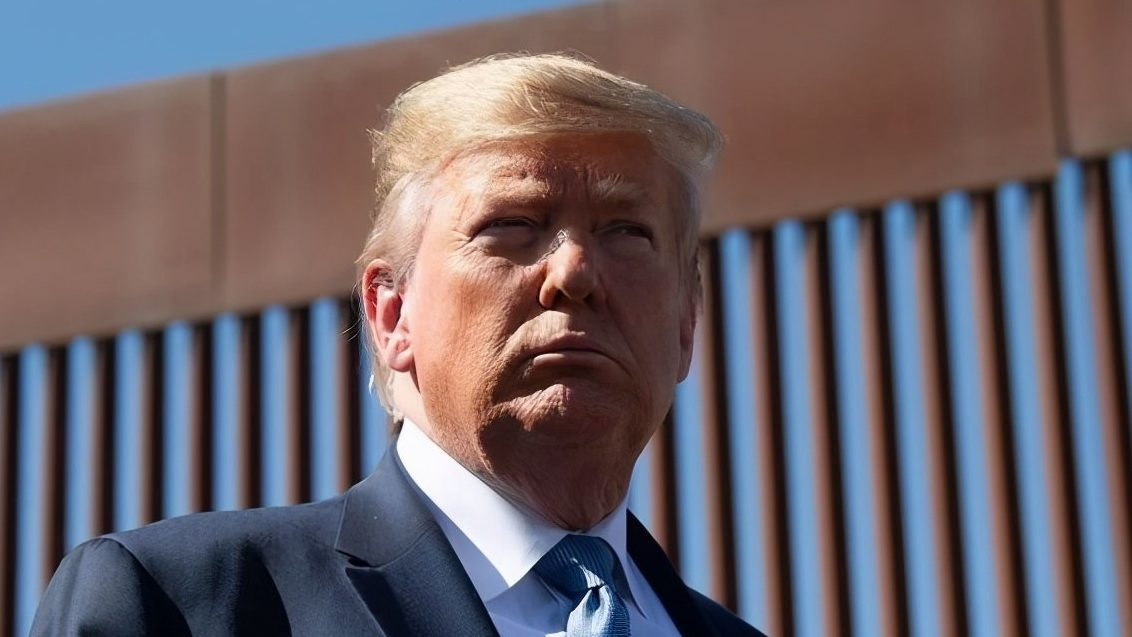November 6 Japanese media said that the US presidential election began on November 3 local time, and the vote counting in most states is almost complete. The current President Trump (Republican Party) and former Vice President Biden (Democratic Party), who pointed out that his Coronavirus pandemic response is not perfect, are still fighting. It will take a long time for the election campaign to settle down. If there is a political gap, it may become a factor affecting the US economy.
According to a report by the Nihon Keizai Shimbun on November 5, in the 2000 election where Bush Jr. (the 43rd President of the United States, Republican Party) and Gore (Democratic Party) competed, the results of the election were still uncertain for one and a half months. 30 Dow Jones industrial stocks The average index fell by 5% in the month after the election.
According to the report, the original Coronavirus pandemic has made the prospects of the current presidential election highly uncertain. If the political chaos leads to further deterioration of investor psychology, the decline in stock prices and the depreciation of the dollar may temporarily intensify.
The financial market has always expected Biden to win the election and the Democratic Party holds a “blue wave” of the majority of seats in the House of Representatives and Senate. The Democratic Party proposes to implement additional measures for the huge pandemic with a scale of US$2 trillion to US$3 trillion, and the market strongly looks forward to its early launch. The Republican Party also performed strongly in the Senate election, and the market may have to revise its policy expectations after 2021.
According to reports, the U.S. election completely split public opinion, while the economic policies of Trump and Biden were completely opposite. Biden pledged to invest US$2 trillion in renewable energy and infrastructure in four years. Some estimates believe that if the increase in social security expenses is taken into account, the increase in fiscal expenditure will reach a scale of 10 trillion US dollars in 10 years. If achieved, long-term interest rates will face upward pressure due to the interaction of fiscal deterioration and economic improvement expectations.
Biden’s economic policy is aimed at narrowing the income gap, and its financial source is a large-scale tax increase on enterprises and the wealthy. It is estimated that the tax increase will exceed 4 trillion U.S. dollars in 10 years, and the scale of the tax system reform will be close to three times that of the “Trump Tax Cut” (1.5 trillion U.S. dollars). In addition, Biden also plans to strengthen the taxation of stock and real estate transactions. According to the system design, it will inevitably have an impact on the market.
On the other hand, Trump has always promised to lower the “second round of tax cuts” such as the wage tax paid by labor and capital, and is also discussing infrastructure investments that were not realized during the first term. According to estimates, the scale of additional tax cuts will be 10 years. It will reach 1.7 trillion U.S. dollars and public investment will reach 2.7 trillion U.S. dollars. In addition, he also proposed “making tax cuts for the United States.”
According to the report, what has become a factor of market chaos is that if Trump may continue to implement a tough foreign policy if Trump is re-elected, the struggle for dominance in the high-tech field will also intensify, and the rift in the international community may damage the long-term growth expectations of the world economy.
The report also said that strengthening the supervision of large IT companies is also the focus. The US Department of Justice recently filed a lawsuit against Google for violating antitrust laws. The Democratic Party is considering splitting businesses such as Facebook and Google. According to the changes in the power structure of the White House and the US Congress, large IT companies will face strong headwinds.
The report noted that the market believes that Biden has always been in an advantageous position in the campaign. Not only are the low- and middle-income groups demanding to eliminate the gap between rich and poor, Wall Street also supports Biden. The securities and investment industry’s political donations to Biden reached $74 million, more than four times the amount donated to Trump. Although Trump has achieved large-scale tax cuts, many people in economic circles dislike Trump’s erratic policy operations and prefer the stable political system brought by Biden.
The report pointed out that, however, there are many die-hard Trump supporters such as manufacturing workers. By withdrawing from the “Paris Agreement” and other measures, Trump has always implemented the excessive promises he has made in response to the expectations of his enthusiastic supporters. In the eight years under the Obama administration, manufacturing jobs fell by 190,000, but under the Trump administration, it increased by 480,000 in the three years leading up to the Coronavirus crisis. The US trade deficit with China also turned into a narrowing in 2019.
The report also pointed out that the U.S. economy has benefited from the US$3 trillion economic stimulus measures and is moving towards recovery. According to a September American public opinion survey, 56% of voters said that “life has improved in the past four years.” From the perspective of middle and high-income groups who are not currently facing risks such as unemployment, the decisive economic dissatisfaction has not expanded.



